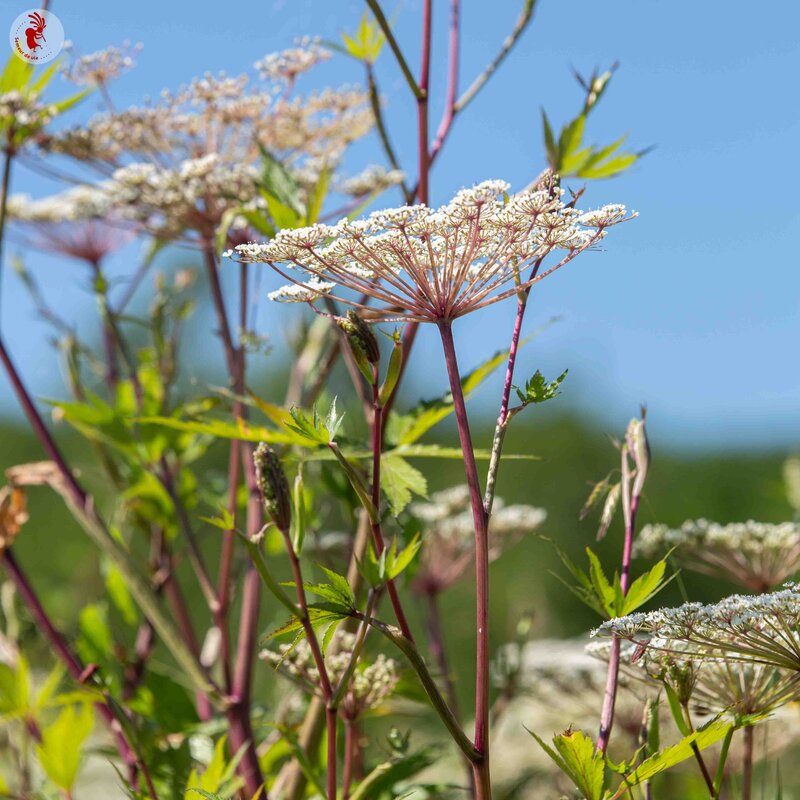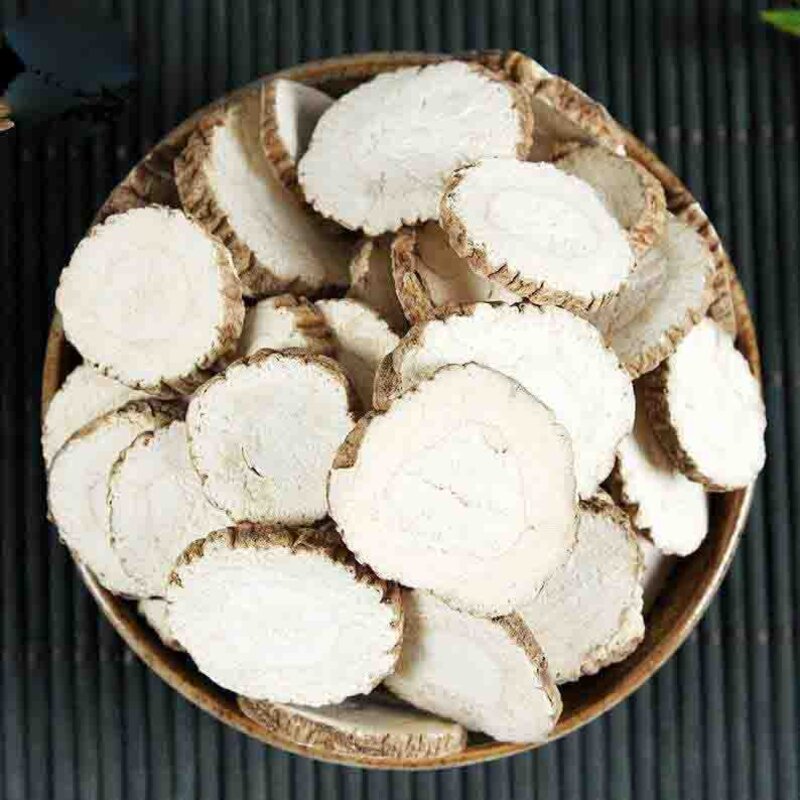Bai Zhi - Angelique
Chinese angelica is a perennial plant that has been used in Chinese medicine since ancient times. Its roots offer medicinal virtues against headaches, nasal congestion, toothache and so on.
Its stems, which can be eaten, are rigid, erect, hollow and 1.5 m high, with deciduous foliage. Flowering, from July to September, enlivens the garden with large white umbels.
These products may also be of interest to you
in bucket, in nurseries
Sow directly in place, in stacks of 2 to 3 seeds. Press lightly, keep moist until emergence, then thin out to keep a single plant. You can also sow in a bucket, under cover. To facilitate germination, store seeds in a moist substrate in the refrigerator for two periods of 60-90 days, interspersed with 60-90 days of warm storage (at 25-30°C). Monitor regularly and plant if germination begins.
At the end of the season, prune fairly short. Angelica disappears completely in winter and comes back early in spring.
March, April, July, August, September
March, April, July, August, September
April, May, June, July, August, September
in the ground
sunny, semi-shade
fort
humus, limestone
drained, fees, light
Angelica dahurica
mid-season
50 seeds
White
150 cm
The roots, used in Chinese medicine, are harvested in autumn, then washed and air-dried. They are then slit lengthwise to speed drying. The stems and petioles are also used to make pastries and confectionery, and the leaves can be eaten as a condiment. They are used fresh, but can also be frozen.












